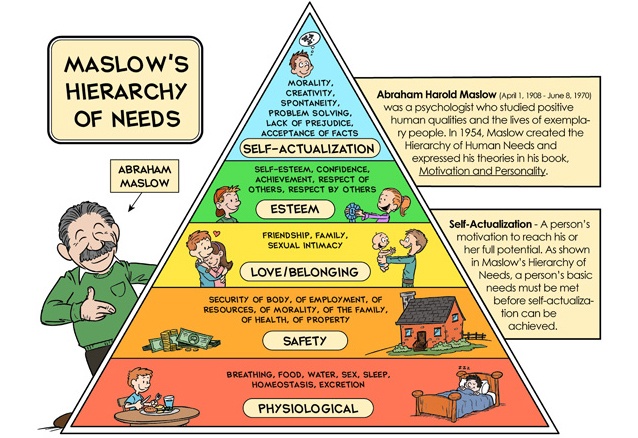Employee Wellbeing for the Long-Term

Historically much of our health & safety laws have been designed to force the issue of healthy working conditions into the workplace, whereas now a high percentage of employers recognise that employees who are healthy and content are much more engaged and productive.
In fact, when you think about it, we have come a long way: from the days when many employees contracted life-shortening conditions in work to a society of wellbeing-conscious employers.
Take, for example, railway workers.
More ‘navvies’ died during the building of the Woodhead Rail Tunnel than soldiers at the Battle of Waterloo, and ten ‘modern’ navvies died during the construction of the Channel Tunnel between 1987-93.
Today, Network Rail’s internal motto is ‘Everyone Home Safe Everyday.’

Tracking workplace health over decades
I have personal experience of the effects of the disregard of employee health back in the fifties, having seen lax safety measures shorten the working life and ultimately lead to the premature death of my stepfather from asbestos-related illnesses.
I am keenly interested in promoting wellbeing awareness to employers. It takes evidence over a long period of time to show the link between some working conditions and their health implications, and the raw information is legally required to be collected and retained by businesses themselves.
At a recent event some of the delegates were surprised to discover that some employers need to keep health surveillance records for over forty years.
This is not just about managing issues like stress (which remains a huge problem in UK workplaces) – this is the understanding of a wide range of factors which contribute to the overall health and wellbeing of employees.
The way employers typically gather this information is through wellbeing questionnaires covering the following criteria:
- Physical activity
- Healthy diet
- Long term health conditions i.e. obesity, prevention of diabetes, cardiovascular disease
- Mental wellbeing i.e. resilience/stress awareness
- Financial health
- Social health
- Community wellbeing
There’s a lot to cover, so I want to focus on the latter two which are very interesting concepts and can have a substantial impact on wellbeing.
Social health in the workplace
Firstly, social health is about the interaction of people with each other. It goes without saying, nowadays we probably interact with others tenfold compared to the time before smartphones and social media.
We also interact simultaneously with multiple people because of technology enablement and, as with most things, there is an upside and a downside.
Any framework which seeks to create a wellbeing strategy within workplaces must include guidance on managing our virtual world and interacting in safe, positive and healthy ways both inside and outside of work.
Social health also describes the ability to adapt comfortably and appropriately to different situations.
Think about the challenges employees face in different industries, environments and interactions. At a high level Diversity Training is part of the overall ‘appropriateness’ factor, but there are many other aspects to equipping employees in the context of social health –these can range from team-building tactics to corporate social responsibility programmes.
Community wellbeing in the workplace
Community wellbeing is an interesting concept and a couple of minutes’ websurfing will bring up a myriad of definitions.
Most apt, I think, is this:
‘…a combination of social, economic, environmental, cultural, and political conditions identified by individuals and their communities as essential for them to flourish and fulfil their potential…’
I found this on the University of Minnesota website. It’s Maslow’s ‘hierarchy of needs’ on a macro scale, which is really what this is all about.

Communities thrive and flourish because we are all different. Many research projects have identified a particular gene, the variant known as DRD4-7R and carried by roughly 20 per cent of all humans, which seems to be present in those with tendencies towards curiosity and restlessness.
Many of these studies have found that DRD4-7R makes people more likely to take risks and explore new ideas, places, foods, relationships, experiences and other opportunities. Those with the gene are generally more likely to seek movement, change, and adventure.
This is interesting stuff!
We are a long way off understanding why we interact, build and develop but it is worth remembering the science underpinning the fact we need to be different to survive.
My conclusion is therefore that most of us know what we should and should not eat, what is good and bad in our lifestyles, and how our behaviour impacts others. So I follow a very simple philosophy which is really about encouraging people to be healthy, look after themselves and show they care, and this goes a long way to promoting social and community wellbeing.
If you have not yet read Danny Wallace’s excellent 2004 book on Random Acts of Kindness, I encourage you to do so.
It is packed with the simple genius of what we can do to make our world a friendlier, easier place to inhabit. For workplaces there is advice in it too, such as ‘leave a nice note for the cleaners at work’, ‘make someone feel important’, ‘take a morning coffee to a busy receptionist’ and of course, my favourite, ‘if you are a boss, send everyone home half an hour early’.


